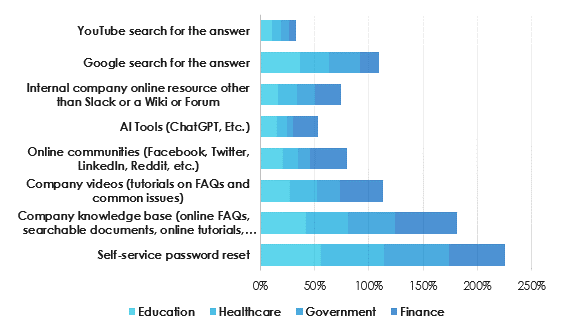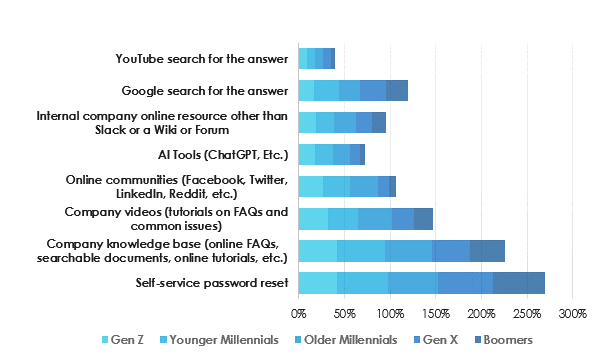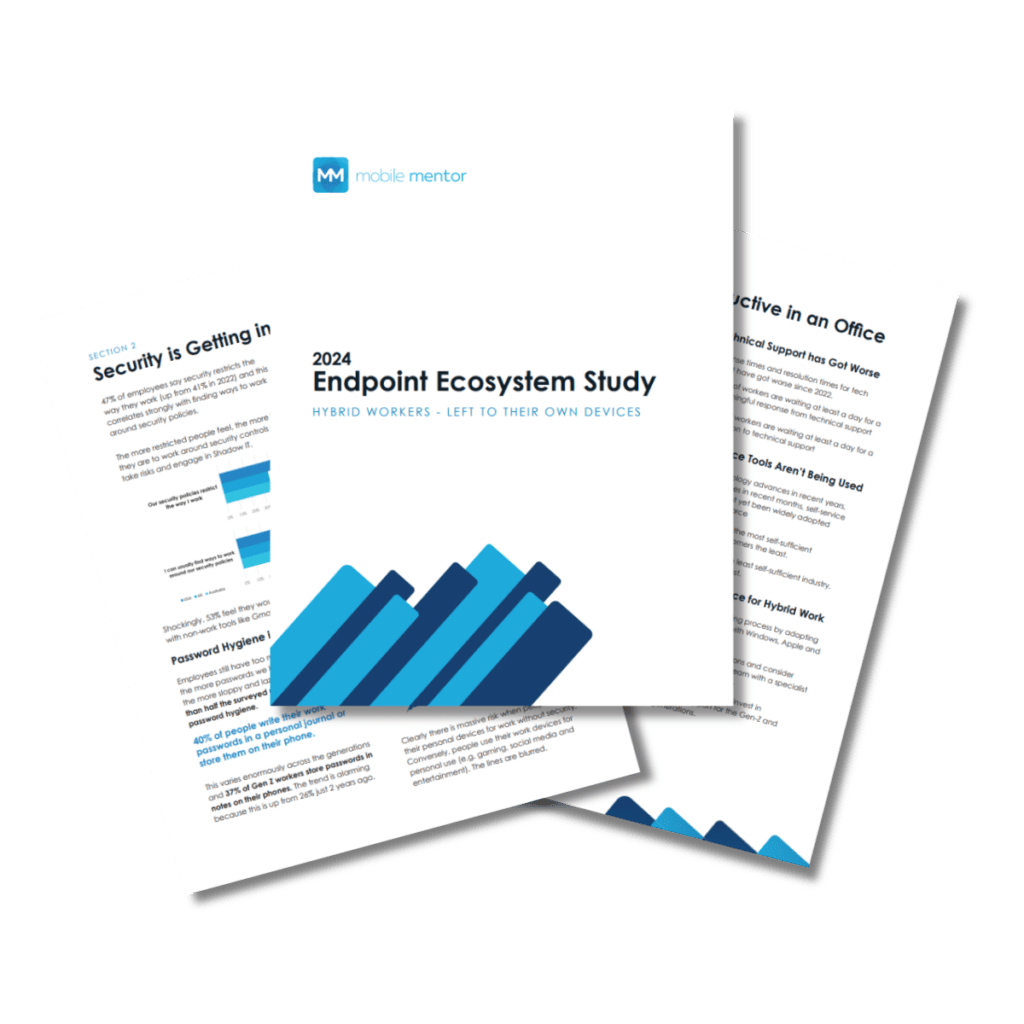Exploring new data from the 2024 Endpoint Ecosystem Study
Hybrid work is popular, and many employees claim to prefer it. However, according to data from the 2024 Endpoint Ecosystem study, most feel more productive in the office. Sounds crazy, right? But the reality is that the office is considered the most productive work environment across all generations.
This sure seems counterintuitive to what most people perceive from remote work. There have been several studies suggesting that employees certainly have a personal preference for remote work. In fact, according to Stanford economist Nicholas Bloom, employees are willing to take an 8% pay cut for a job that is partially or fully remote. So why do workers attest to feeling less productive at home?
One of the reasons could be that people don’t really feel as though they are set up for success with their devices, applications, and tech support. Only 54% of employees in the UK feel positioned for success and productivity, while that number is slightly higher in Australia (63%) and the US (71%). When we dive into why workers are feeling this way, the data from the 2024 Endpoint Ecosystem study begins to paint a broader picture.
Onboarding is rough.
Off the bat, employee onboarding is frustrating and painful. And according to the 2024 study, it has deteriorated since 2022. Consequently, only 56% of employees believe that their company onboarding process is designed for remote workers. In 2024, it takes 2-3 days to fully set up a new device for productivity, and an employee with new tech needs to reach out to support 2-3 times before they feel they are ready to use the new device.

Technical support has deteriorated.
Since 2022, IT support response times have become worse. 30% of workers are waiting at least a day for meaningful responses from their business’ IT support, and 38% are waiting over a day for a resolution to support tickets. The data suggests that employees may long for the days when they could physically approach a co-worker in the IT department for a resolution, rather than submitting a support ticket remotely.
Self Service Options are not Widely Adapted.
Despite the advancements in self-service options and the integration of AI solutions in recent years, a considerable number of employees remain hesitant to utilize these tools. Interestingly, this trend varies significantly across different generations. Millennials exhibit greater self-sufficiency compared to their baby boomer counterparts, while employees in the finance sector tend to embrace self-service options more readily than those in healthcare.


What can be done to increase productivity for hybrid workers?
Hybrid and remote work has firmly established itself as a lasting aspect of the modern work landscape. Instead of mandating a return to the office in pursuit of enhanced productivity, employers can implement straightforward measures to optimize efficiency within their remote and hybrid teams.
- Streamline the onboarding process by adopting zero-touch provisioning. Zero-Touch Provisioning is the ability to configure a laptop, phone, or tablet over-the-air from anywhere on the planet. This process frees valuable IT resources and gets employees productive faster.
- Offer more self-service options. Also consider augmenting the IT support team with a specialist partner for endpoint support.
- Invest in onboarding and support. Make this part of the employee experience a priority, and expect better productivity in result.
Conclusion
Despite the flexibility and convenience offered by remote work arrangements, challenges such as inadequate onboarding processes, deteriorating technical support, and underutilization of self-service options hinder employees from fully realizing their potential outside the office.
However, by addressing these challenges head-on and investing in streamlined onboarding procedures, enhanced technical support infrastructure, and accessible self-service options, employers can empower their hybrid workforce to thrive regardless of their physical location. Ultimately, striking a balance between remote and in-office work, supported by efficient systems and comprehensive support networks, holds the key to unlocking the full productivity potential of today’s workforce.

Download the 2024 Endpoint Ecosystem Study





